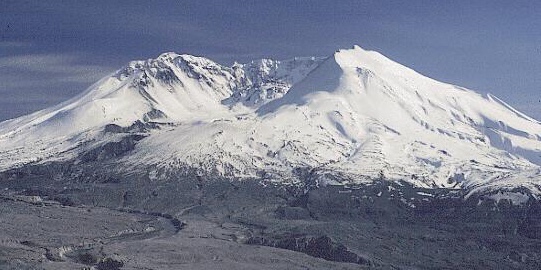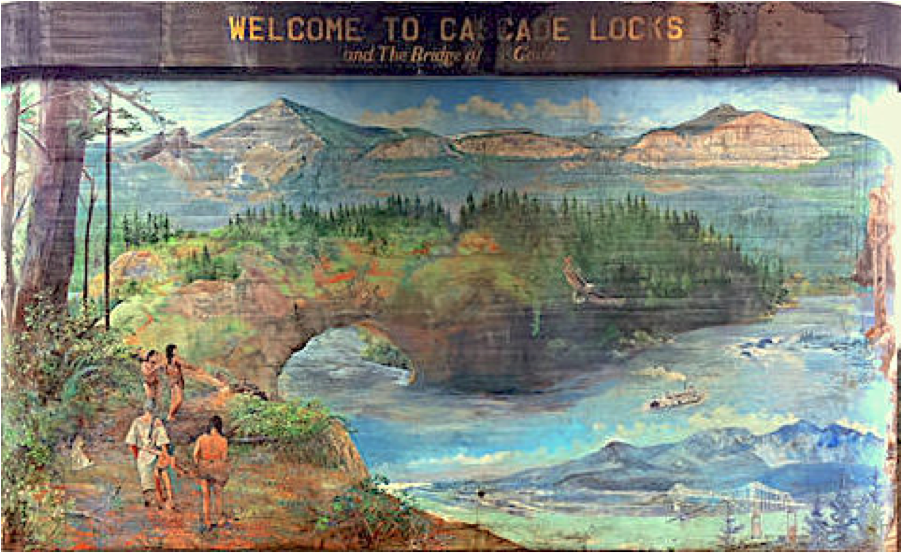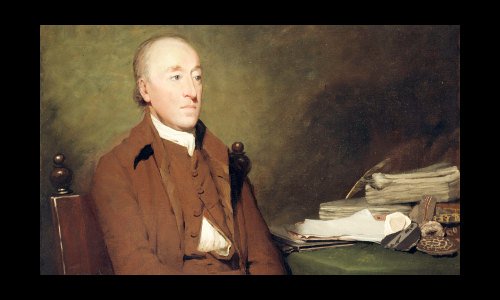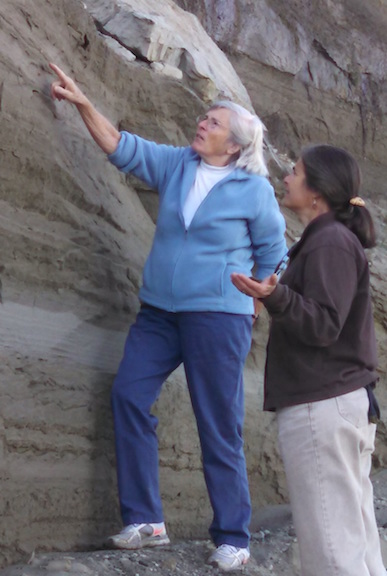
01-21-2017 Steve Olson: Mt. St. Helens Eruption
About the Talk Eruption—The Untold Stories of Mt. St. Helens For months in early 1980, scientists, journalists, sightseers, and nearby residents listened anxiously to rumblings in Mount St. Helens, part of the chain of western volcanoes fueled by the 700-mile-long Cascadia fault. Still, no one was prepared when an immense eruption took the top off of the mountain and laid waste to hundreds of square miles of verdant forests in southwestern Washington State. The eruption was one of the largest in human history, deposited ash in eleven U.S. states and five Canadian provinces, and caused more than one billion dollars… Read more01-21-2017 Steve Olson: Mt. St. Helens Eruption

02-25-2017 Jim O’Connor: Bridge of the Gods
About the Talk Bridge of the Gods & the Bonneville Landslide In the heart of the Columbia River Gorge, where the Columbia River breaks through the Cascade Range, an 1800-feet-long steel truss bridge spans the Columbia River at a particularly narrow spot near the town of Cascade Locks. This bridge is known as the Bridge of the Gods. But this modern name derives from a much larger Bridge of the Gods that crossed the Columbia River in about 1450 AD. This earlier “bridge” was not really a bridge, but a blockage, the result of a huge landslide, known as the… Read more02-25-2017 Jim O’Connor: Bridge of the Gods
04-01-2017 Tony Irving: Meteorites
About the Talk Meteorites—Exotic Fragments of Other Planets and Asteroids Meteorites are extraterrestrial rocks or metal-rich objects that fall onto our planet. Sometimes those that survive entry through our atmosphere are found and analyzed. However, until 1492 when the Ensisheim meteorite was seen falling to Earth in France, the idea of rocks from space was not accepted. Since then and especially over the past 20 years, this field of study (meteoritics) has grown significantly due in large part to the recovery of many new specimens, especially from the barren deserts of Northern Africa. Meteorite samples can be quite valuable as collector items. Dr. Irving’s presentation will… Read more04-01-2017 Tony Irving: Meteorites
05-13-2017 Ned Brown: San Juan Islands
About the Talk Geology of the San Juan Islands The San Juan Islands record geologic growth of the western edge of North America by very active plate tectonics, which added exotic terranes ~400 to 100 million years ago. These terranes came from distant origins—Asia, Greenland, and the ancestral Pacific Ocean. The terranes moved through the ocean realm; they accreted by subduction at the continental edge, perhaps in N. California, at depths of 20-30 kilometers or more. These old rocks were then exhumed and transported north in a “forearc sliver” along the continental margin. They eventually collided with and stacked up… Read more05-13-2017 Ned Brown: San Juan Islands
10-21-2017 Rob Wesson: Darwin & Geology
About the Talk Darwin’s First Theory Rob Wesson, an internationally known seismologist and now popular author, will speak about his new book, Darwin’s First Theory. Everybody knows―or thinks they know―Charles Darwin, the father of evolution and the man who altered the way we view our place in the world. However, what most people do not know is that Darwin was on board the HMS Beagle as a Geologist―on a mission to examine the land, not flora and fauna. Or about Darwin’s seminal role in demonstrating and exploring the ups and down of the Earth’s crust. Retracing Darwin’s footsteps in South… Read more10-21-2017 Rob Wesson: Darwin & Geology

11-15-2017 Tom Williams: James Hutton
About the Talk James Hutton—Founder of Modern Geology Tom Williams will examine the incredible legacy of James Hutton—the Founder of Modern Geology as part of the Jefferson Land Trust’s Geology Lecture Series in November. James Hutton was one of a truly remarkable group of intellectuals including philosopher and historian David Hume, economist Adam Smith, chemist Joseph Black, and poet Robert Burns who, during the second half of the eighteenth-century, collectively participated in what is known as the “Scottish Enlightenment.” Can you imagine the excitement of joining them to deliberate and unwind at the Oyster Club in Edinburgh. Collectively, they provided… Read more11-15-2017 Tom Williams: James Hutton
12-16-2017 Ralph Haugerud: All about Lidar
About the Talk Shape shows more than Pictures—An Introduction to LiDAR We sense the spatial world through a combination of touch, our kinesthetic sense, and sight, with most of the details provided by sight. Traditional mapping technology mimics this, with details provided by photos draped over sparse topographic control. As a consequence, we tend to assume that the world is to be understood by its color and that environmental mapping data are raster (bitmaps). Airborne LiDAR (Light Detection and Ranging) has changed all this. LiDAR combines differential GPS, an inertial measurement unit, and a rapid-fire scanning laser rangefinder to generate… Read more12-16-2017 Ralph Haugerud: All about Lidar

2017-06-10 Kitty Reed: Fort Worden geology field trip
About the Field Trip Geology of Fort Worden—A 3-mile Hike and Beach Walk When: Saturday, June 10th. 10:30 am – 3 pm (coincides with -1.5 ft low tide) Where: Park your auto/bike/horse at the Fort Worden USO Building Lot, just west of the Taps at the Guardhouse Pub (old Information Center). What: Geology of Fort Worden, plus some history of the old fort and the State Park. We’ll concentrate on the glacial sediments on the north-facing bluff but will also discuss marine landforms, erosion, drift cells, possible faulting, and tsunamis. After the walk (about 3 miles), there is an option… Read more2017-06-10 Kitty Reed: Fort Worden geology field trip
